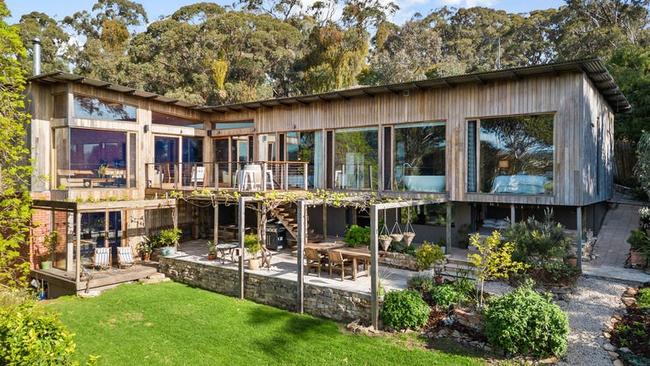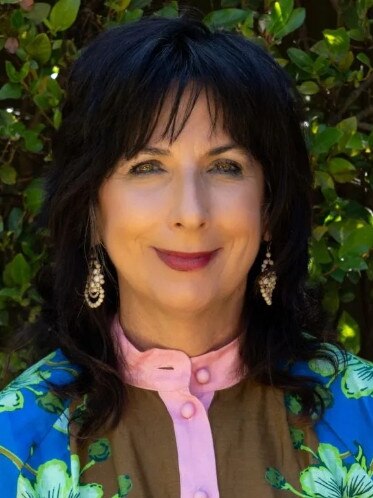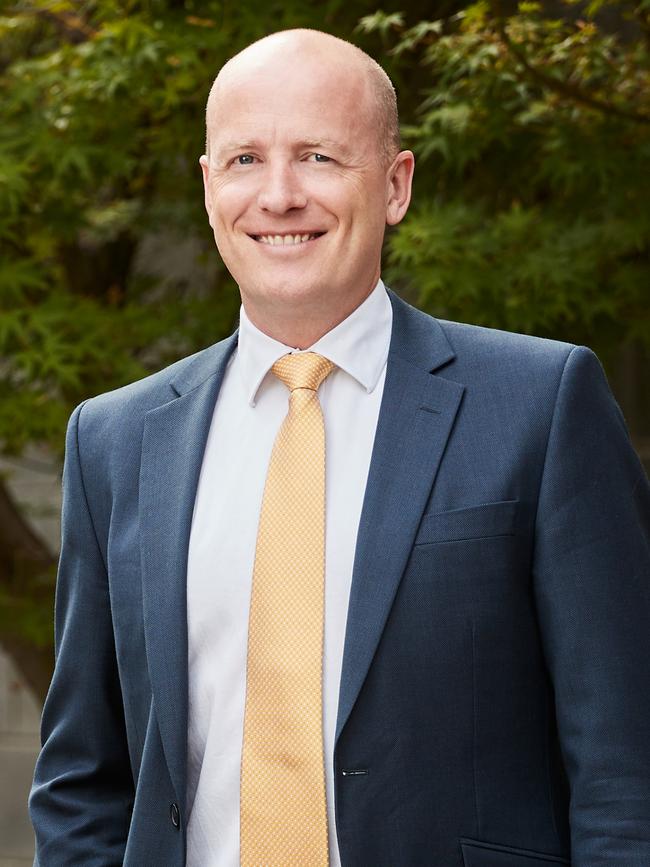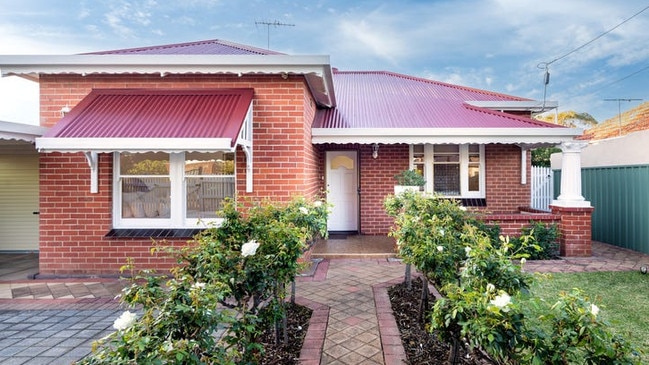How much SA property prices are forecast to rise in the next two years
House prices are tipped to rise by almost 13 per cent across Adelaide in the next two years. Search your suburb in our interactive table to see what your home could be worth.
Property
Don't miss out on the headlines from Property. Followed categories will be added to My News.
Adelaide could have an extra 21 suburbs in its million-dollar club by mid 2025 if house prices rise as much as they are tipped to over the next two years.
An analysis of KPMG and PropTrack data reveals the city could go from having 54 suburbs with a million-dollar median house price in June this year to 63 by mid 2024 and 75 a year later.
The predictions are based on the assumption prices in every suburb will rise at the same rate KPMG has forecast for Adelaide as a capital city, which is 5.8 per cent between now and June next year and a further 6.8 per cent by June 2025.
By those figures, Adelaide’s median house price will jump from $680,000 as of June 2023 to $719,440 next year and $768,362 the following.
MORE NEWS
The suburbs hitting double-digit growth in just three months
Why this mansion is tipped to smash its suburb’s record
Family selling $3m dream home built after devastating fire

Limited supply, higher demand due to heavier migration and anticipated rate cuts are among the main reasons further growth is forecast, despite rising interest rates.
Brighton, Marino and Hove were among those predicted to hit a seven-figure median by mid next year, while Clarence Gardens, Clapham and Marden were tipped to follow the year after.
Meanwhile, St Peters was predicted to be the first suburb to reach a $2m median price next year, with Malvern to follow in 2025.
Real Estate Institute of South Australia chief executive Andrea Heading said prices would likely continue to rise across Adelaide, but some suburbs would see higher gains than others.
She said some areas might become unaffordable for many buyers but that didn’t mean every suburb would.


“It depends on what you’re looking for,” Ms Heading said.
“If you’re looking in Glandore, for example, do you go ever further out and look at what the equivalent can buy you?”
Ray White SA chief executive Matt Lindblom said while the increases were only predictions, they were believable given there was still such high demand for limited properties.
“The main buyers who come here from interstate are from Melbourne and Sydney – they saw this happen to them due to population growth,” he said.
“Just the general affordability and strong employment market here compared to the eastern states is attractive.
“It’s just a matter of time before that happens in Adelaide.
“As long as there is population growth and good employment, that will occur.”
However, Mr Lindblom said a lot could change in a year, and much of it would depend on interest rates.
KPMG chief economist Dr Brendan Rynne said with projections of house price growth ahead, governments would need to review their support programs for first-home buyers and others facing affordability constraints.

“What we suggest is that (state governments) need to review that first-home buyer cap or value cap on a regular basis, such as every three years, to readjust it to reflect the real purchasing power of first-home buyers,” he said.
“But the much better long term solution is that you actually need planning reform.”
Mr Rynne said more higher density living needed to be built in inner and middle ring suburbs – not necessarily multistorey, but townhouses.
“Instead of one dwelling on 600sq m, have three dwellings instead,” he said.
“It takes time getting any reforms through so they need to be started now.”





